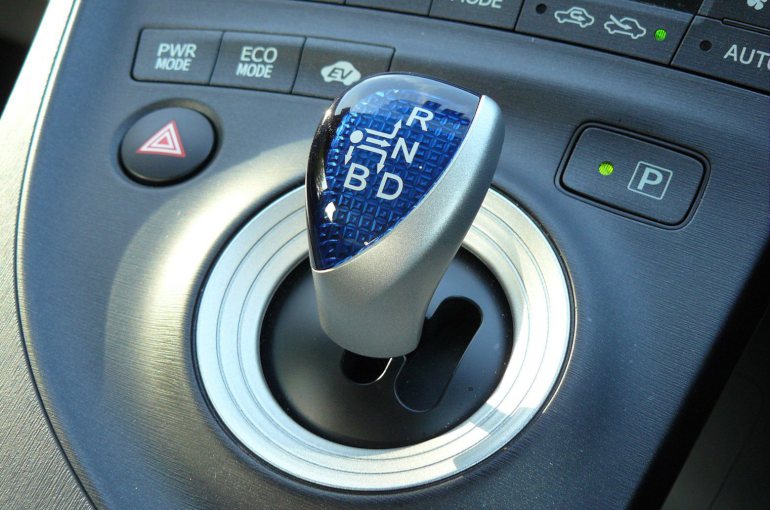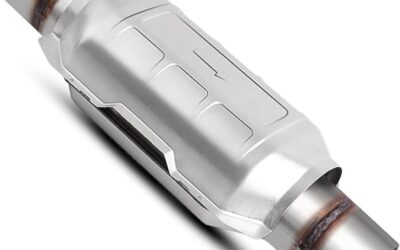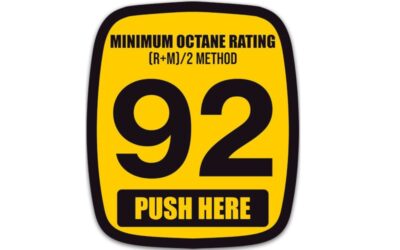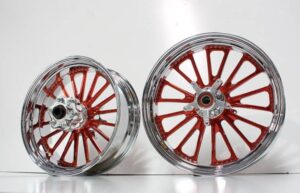Choosing what sort of gearbox to have in your car used to be simple. If you wanted to change gear yourself, you went for a manual, and if you didn’t, you went for an automatic. These days, though, things are rather more complicated.
True, manual gearboxes are much as they ever were – you get a clutch pedal and a gear lever, and away you go. However, it’s a different matter when it comes to automatics, with several varieties available. So to help you tell your dual-clutch from your CVT, we’ve put together a handy guide that’ll help you work out which auto gearbox is the one for you.
Traditional automatic
Traditional automatic gearboxes are still available in many models. Common examples include the eight-speeder found in most BMWs, Jaguars and Land Rovers, and the nine-speeder which will soon be available in many more cars.
These use something called a torque convertor, which does the same job as a clutch, but operates using the resistance of hydraulic fluid to transmit drive from the engine to the gearbox, and then on to the wheels. As a result, gearchanges can be made without the driver having to lift off the accelerator. A computer usually decides when to change gear, although most traditional automatics also have a manual mode that allows the driver to decide.
Thanks to the hydraulic interface, modern automatics usually change gear smoothly. The technology is also proven, as gearboxes of this type have been around since the 1940s. However, a traditional automatic gearbox will tend to change gear more slowly than a dual-clutch gearbox, and it’ll usually make the car less fuel efficient.
Also known as: Torque converter automatic; ZF 8HP; ZF 9HP; Tiptronic
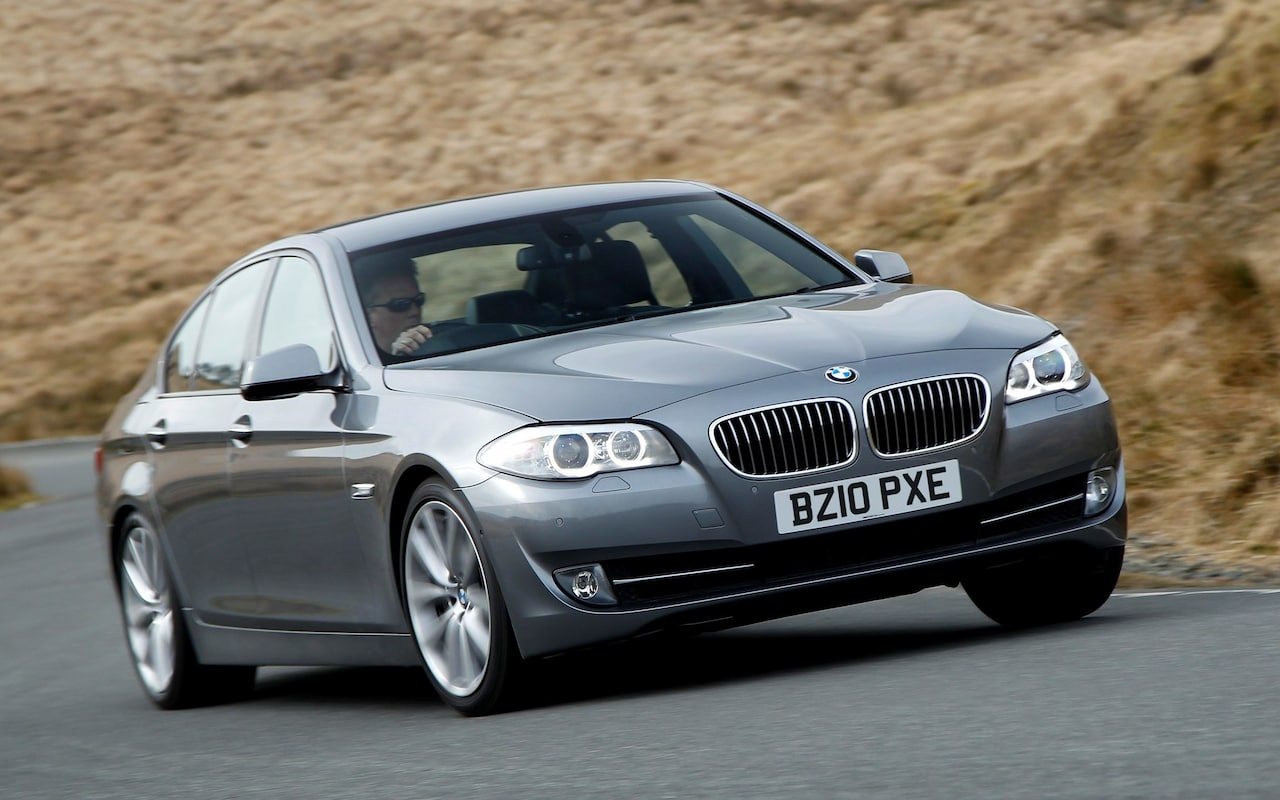
Like most BMWs, the latest 5-series is available with an eight-speed auto gearbox
Dual-clutch automatic
A dual-clutch automatic gearbox has, as its name suggests, two clutches, though don’t imagine that there are two clutch pedals in the car – the whole thing is operated electronically and controlled by computers.
One clutch controls odd-numbered gears, and the other controls even-numbered gears. As you accelerate, the gearbox lines up the next and previous gears on the clutch that isn’t in use, ready for any eventuality – whether you slow down or continue to accelerate. Then, when a gearchange is needed, it simply switches from one clutch to the other.
The result is a very fast gearchange – most dual-clutch systems are able to change gear even more quickly than a human can with a manual gearbox. What’s more, some dual-clutch systems are more fuel efficient than the manual alternative.
The problem comes when pulling away, where there can be a slight delay as the first clutch engages, and this can also make for slightly jerky progress when you’re manoeuvring at low speeds – for example, when parallel parking.
It’s worth noting, too, that dual-clutch systems are rather complex, and the earliest are still only around ten years old, so their long-term reliability is not yet proven.
Also known as: Twin-clutch automatic; DSG; PDK; M-DCT; Powershift
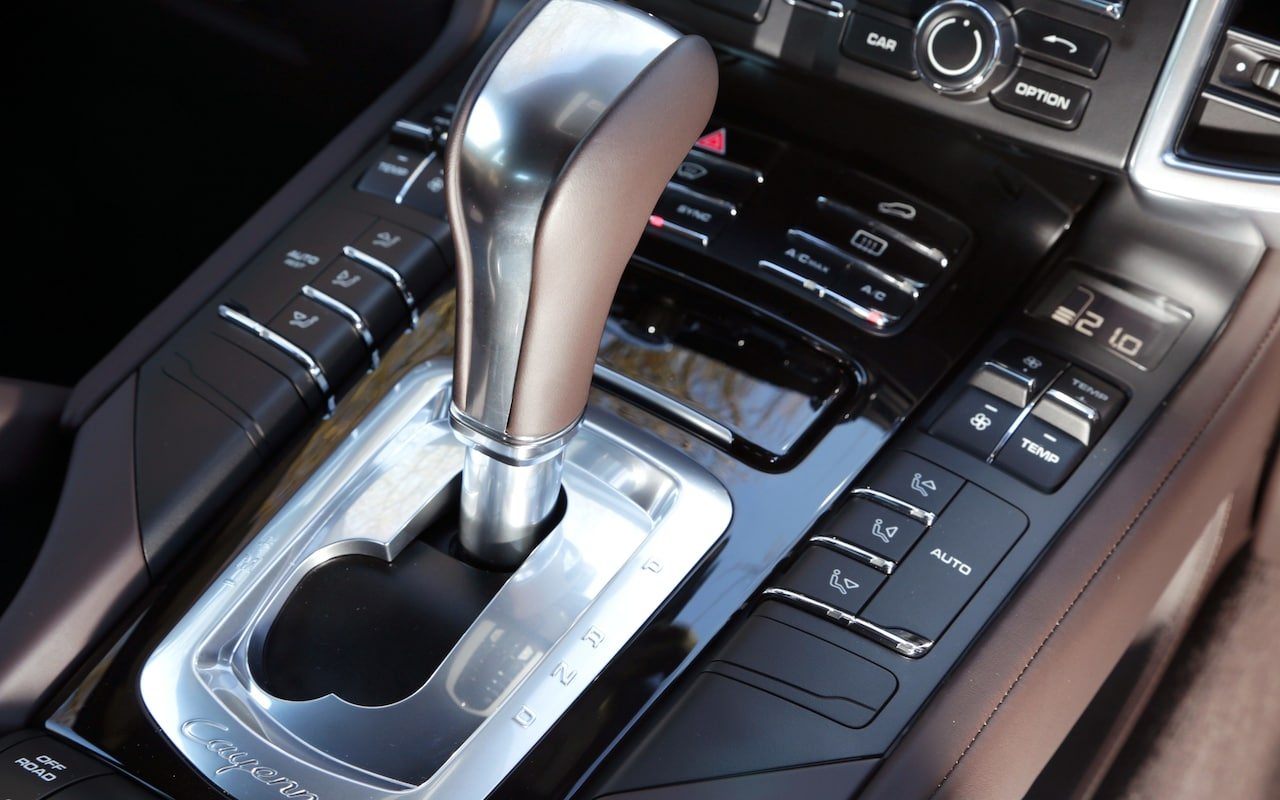
Porsche’s PDK gearbox is one of the best dual-clutch automatics
Automated Manual
With the rise of dual-clutch systems, automated manual gearboxes are becoming rarer, but they’re still out there. To all intents and purposes, an automated manual is exactly what it says on the tin – a regular manual gearbox with a normal mechanical clutch, but one that’s operated entirely electronically; there’s no clutch pedal.
When one of these gearboxes changes gear, the car automatically disengages drive, switches to the desired gear, and then re-engages drive – all without you doing a thing.
It sounds like a perfect solution, especially as it’s usually more efficient than a traditional automatic set-up, but it has two major downsides: speed and smoothness. The problem is, the system has to carry out all those functions in the right order and relatively slowly, so as not to cause discomfort to passengers. Despite this, most up-changes cause the car to lurch disconcertingly. You can smooth things out a bit by lifting off the accelerator just before the gearchange, but even then traditional automatics and dual-clutch automatics are smoother.
Also known as: Robotised manual; clutchless manual; semi-automatic gearbox; ASG; EGC; ETG
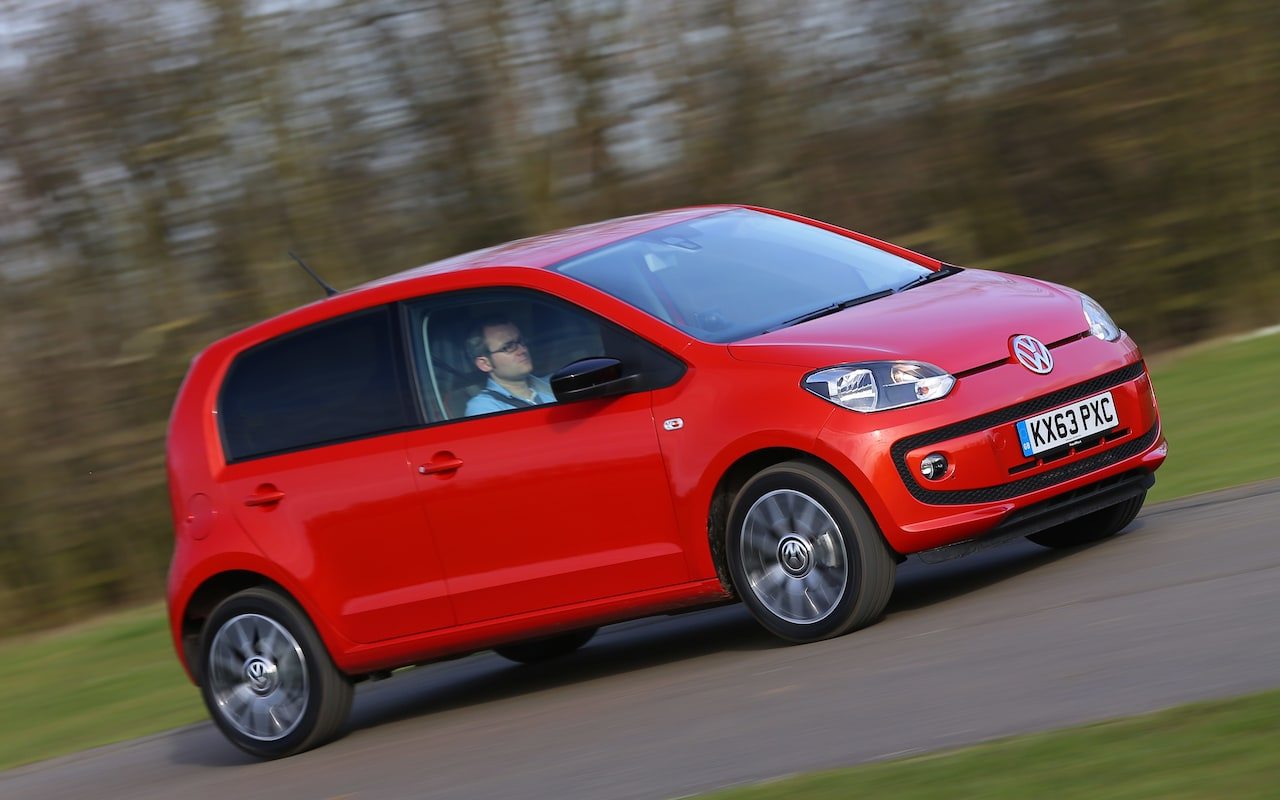
The VW Up is a great little car, but its jerky ASG gearbox is best avoided
Continuously Variable Transmission (CVT)
A continuously variable transmission doesn’t have cogs in it, like most gearboxes. Instead, it uses two pairs of metal cones, each arranged pointy end to pointy end. One set of cones is attached to the engine, and the other is attached to the wheels. A belt is then suspended between these pairs of cones. As the cones move toward and away from each other, usually controlled by a computer in modern systems, the angle of the belt between the pairs of cones changes, thus altering the gearing.
It sounds bizarre, but it’s very efficient, because instead of needing fixed ratios, the gearing can be adjusted almost infinitely. This means the engine can be kept at its most efficient speed while the car accelerates, and it also means that there are no gearchanges, which makes progress seamless.
The one major downside is that a CVT gearbox can make the car irritatingly noisy under acceleration, because the sound of the engine stays at a constant pitch, rather than rising and falling as it would with a more conventional gearbox.
Also known as: Belt-and-pulley; E-CVT; Multitronic
(source: telegraph.co.uk)

